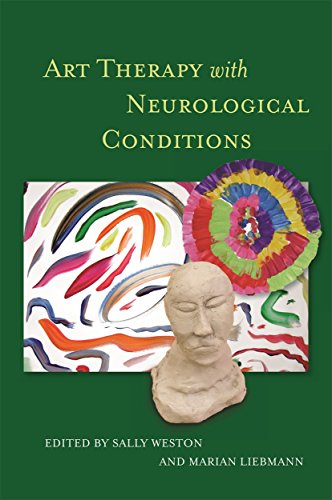Marian Liebmann
Art Therapy with Offenders
This is the first collection of art therapy work concerned exclusively with offenders. It describes how the use of art therapy has grown in adult prisons, young offender institutions, secure... (more)
Arts Approaches to Conflict
Examines the contribution that can be made by arts approaches, both to our understanding of conflict and to its constructive resolution. The introduction summarizes the variety of contributions from... (more)
Art Therapy in Practice
In the last few years the number of art therapists has grown significantly and the ranges of different contexts where their skills are valued has broadened enormously. This has brought art therapists... (more)
Art Therapy and Anger
Art Therapy and Anger demonstrates how the non-verbal medium of art therapy provides an ideal outlet for the expression of thoughts and feelings that are too complex and painful to put into words,... (more)
Art Therapy With Neurological Conditions
By creating a therapeutic outlet for self-expression and processing trauma, art therapy can play a powerful role in assisting people with a brain injury or neurological condition to adjust to living... (more)
Art Therapy with Physical Conditions
As the emotional components of physical illnesses become more recognised, there is a renewed interest in the potential of art therapy to help patients come to terms with injury, pain and terminal and... (more)
Art Therapy for Groups: A Handbook of Themes, Games and Exercises: Second Edition
Contents: Part 1: Art Therapy Groups. Art Therapy and Groupwork. Running a Group. Recording, Evaluation and Evidence-based Practice. Learning from Problems in Groups. An Example in Detail: The... (more)








